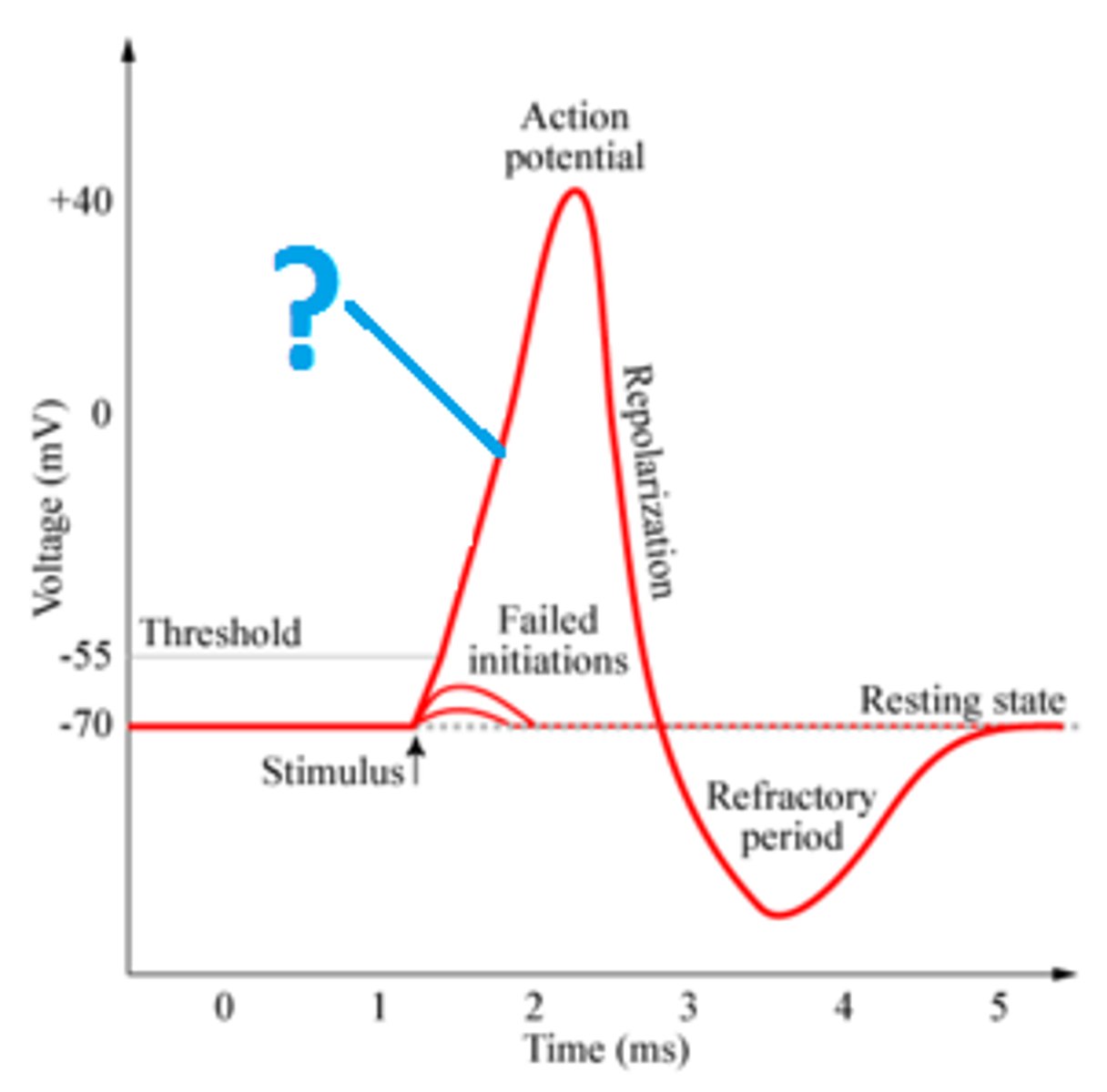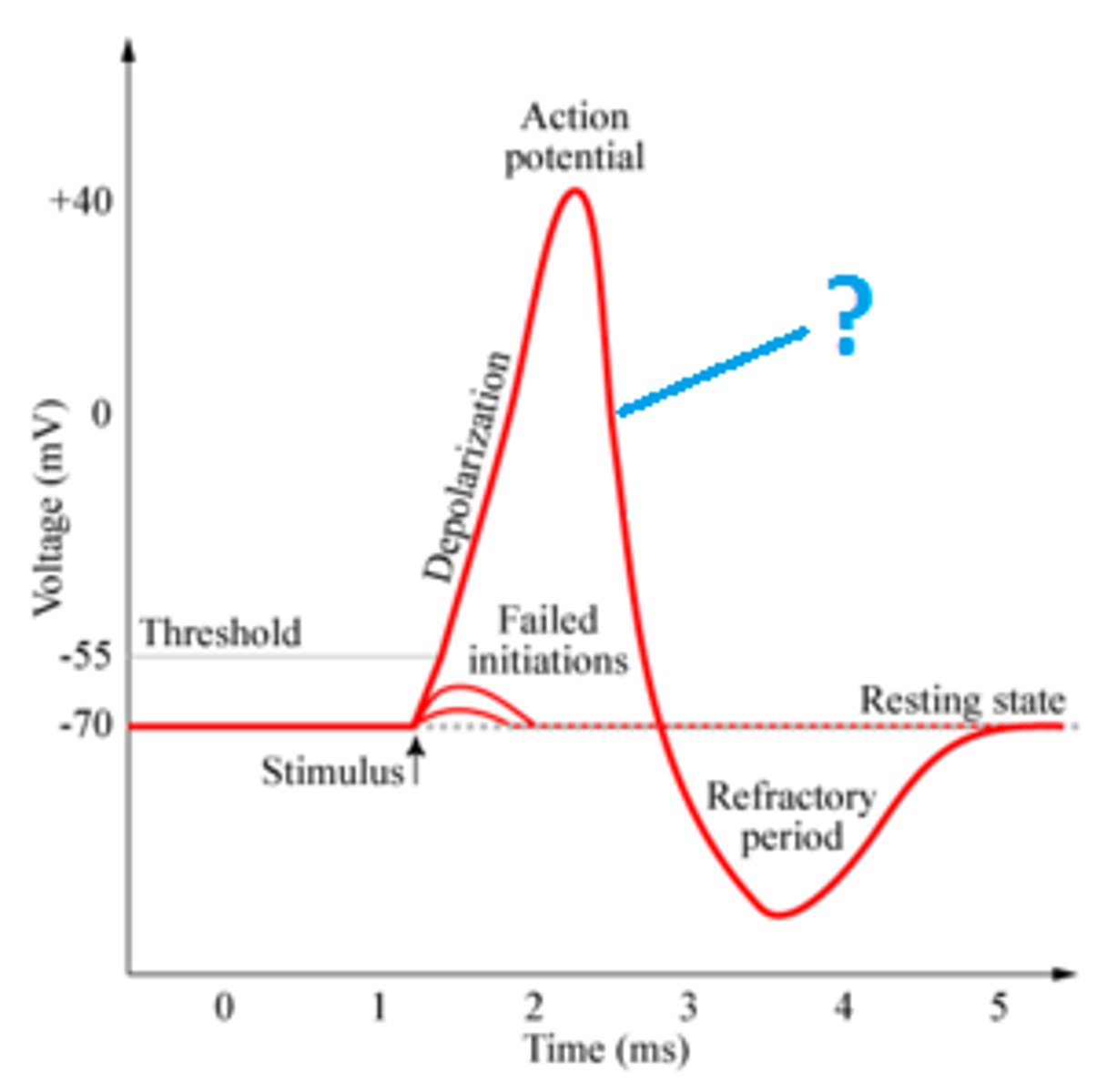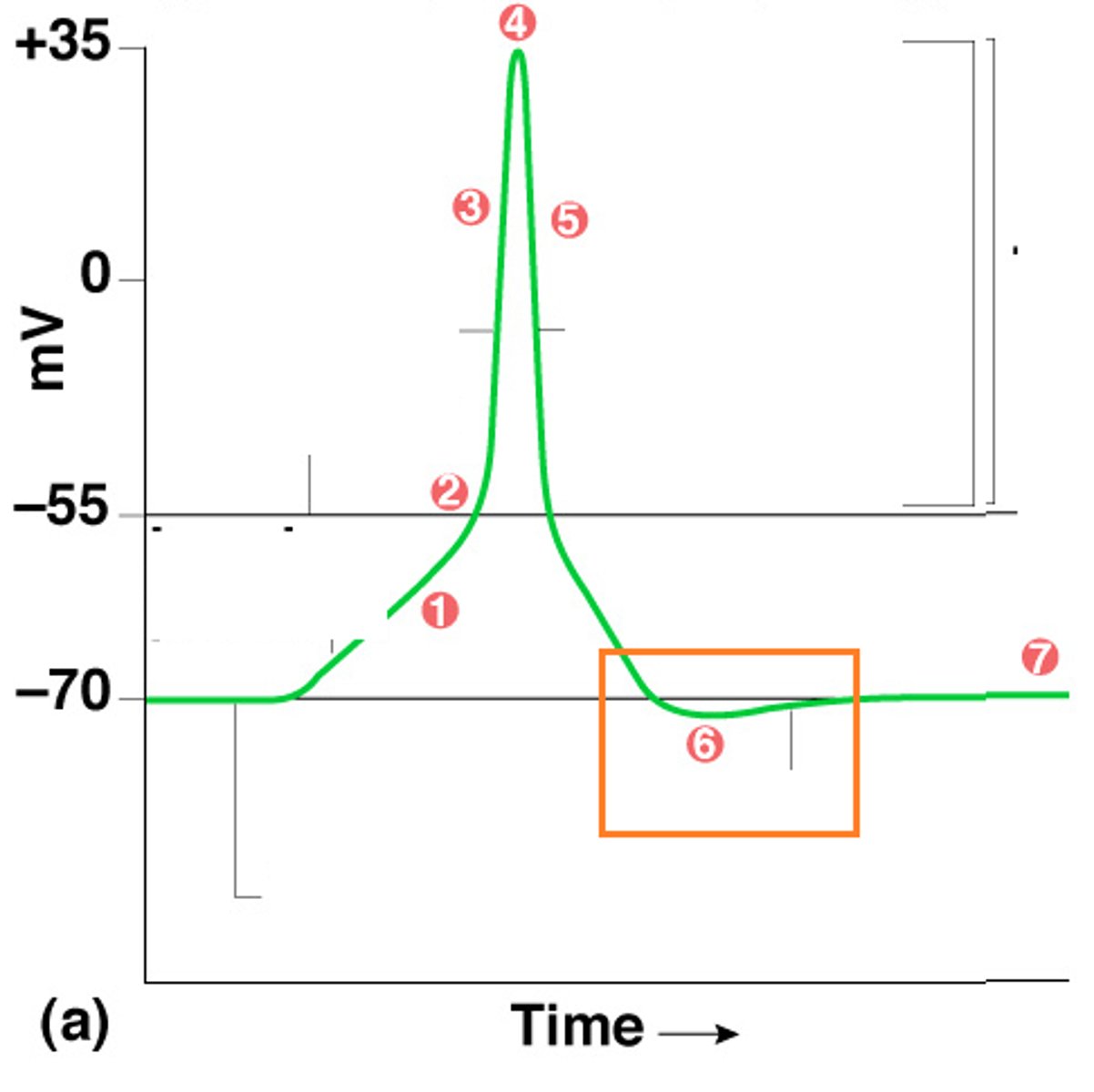PSYC 3030 Exam 1 (Lucas)
1/128
There's no tags or description
Looks like no tags are added yet.
Name | Mastery | Learn | Test | Matching | Spaced |
|---|
No study sessions yet.
129 Terms
black box
The biggest challenge for cognitive psychology is that the mind is a _____________ and unobservable...you can see a stimulus and the response it causes, but not what happens in between
cognitive processes
verbs...what your mind is actually doing
EX: perceive, recognize, comprehend, access, decide, remember, etc.
cognitive representations
nouns...visible responses
EX: letters, words, sentences, behaviors, etc.
Wundt & Titchener
- first 2 psychology research labs
- used/believed in structuralism
- counted sensations
James
- published Principles of Psychology (1890)...observations about the mind from personal experience
- used functionalism
- more of a philosopher than a scientist
Watson
- Little Albert Experiment (how classical conditioning affected behavior)
- used Behaviorism
Skinner
- operant conditioning (use of reinforcements and rewards to drive behavior)
- used behaviorism
Pavlov
- classical conditioning with salivating dog
- used behaviorism
Donders
- Reaction Time and Mental Processes
- mental chronometry
- detection and decision stages
- Subtractive Method
Ebbinghaus
- studied the time course of learning and forgetting
- used himself as subject
- savings method to measure forgetting
- quantitative measurement of mental processes
Tolman
- trained rats to find food in a four-armed maze
- said rats acquired a cognitive map of the maze and were navigating to a specific arm...he was right
- didn't agree fully with other behaviorists
Structuralism
- assumes you CAN see inside the mind if you are properly trained
- says our overall experience is determined by combining basic elements of experience called sensations (the mind's "periodic table")
- used analytic introspection....a technique used to identify individual sensations
- emphasis on representations
problems with structuralism
- difficult to verify
- difficult to replicate
- we observe the end product of cognition, not the process itself
Functionalism
- What is the mind for?
- What functions does it serve?
- emphasis on processes
problems with behaviorism
- limiting science to observable things is bad
- difficult to account for creativity and diversity of human behavior
- certain experimental findings difficult to reconcile
Behaviorism
- the mind was abandoned
- emphasis on what can be observed
- goal: predict behavior
Cognitivism
- infer what's going on inside the mind
- assumptions:
1. the mind is somehow like a computer
2. the mind is designed to take in and process information
analytic introspection
definition: a technique in which trained subjects described their experiences and thought processes in response to stimuli...required extensive training
- could quantify sensations
mental chronometry
the study of the time course of mental processes
Donders' mental chronometry experiment
- a simple reaction task (detection)
- choice reaction task (detection + decision)
- subtractive method...subtract just detection task from detection + decision task to get the duration of the decision stage
why is it historically significant?
- idea: you can identify & measure mental processes
- technique: reaction time procedure
- modern techniques make similar assumptions
1. assumption of pure insertion (all stages remain the same when the new one is added)
2. assumption of additivity (durations of all stages add together to yield the reaction time)
3. assumes you already know what the stages are
3 problems associated with Donders' subtraction method?
Ebbinghaus' memory experiment
design:
- forced himself to memorize nonsense syllables
- determined time necessary to learn the whole list
- after a delay, tried to learn the list again
- came up with a measure called savings to determine how the time course of forgetting...
(time to learn list 1st time - time to learn the list 19 min later = savings after 19 min)
key findings:
- forgetting decreases exponentially with time
- savings in re-learning occurred even when he remembered none of the words (savings could be non-conscious)
operant and classical conditioning
2 most common research methods used by Behaviorist?
why did they use them?
- could manipulate observable behavior
cognitive map
a mental map (the rat in Tolman's experiment developed a conception of the maze's layout inside its mind to find the food)
- limiting science to observable things is a bad idea
- difficult to account for creativity and diversity of human behavior
- certain experimental findings difficult to reconcile with behaviorism
criticisms of Behaviorism?
George Miller's 1956 paper
found that, in general, people can remember 7 (+ or - 2) pieces of information at one time
1. the mind is an information processor
2. the mind's processes can occur in distinct stages
3. the mind may have processing capacities or limitations
how did digital computer change the way psychologists thought about the mind?
computational view of the mind (information processing perspective)
the operation of the mind can be described as occurring in a number of stages
input --> input processor --> memory unit --> arithmetic unit --> output
challenge of cognitive psychology: that almost every experiment conducted in psychology can be explained by many models
solution: to eliminate alternative explanations, do more experiments
what does "ruling out alternative explanations" mean?
Huppert and Piercy study
- disordered and healthy patients 4 pics and gave 1 second to study
- shown another list 20 min later and asked if the pics were old or new
- disordered patients did worse (was is a problem with encoding, storage or retrieval?)
- let the disordered patients study pics for 48 seconds
- results now matched the healthy patients...problem = encoding
models in cognitive psychology
- representations of structures or processes that help us visualize or explain the structure or process...structural and process
- purposes: simplify, provide a starting point for research
structural model
definition: represent structures in the brain that are involved in specific functions
examples: plastic models of a brain, diagrams that depict how areas of the brain are connected
process model
definition: illustrate how a process operates
examples: boxes representing specific processes and arrows indicating connections between processes...Broadbent's filter model of attention
logic theorist
definition: program created by Newell and Simon, "thinking machine"...used humanlike reasoning processes to solve problems
relevance?
the first artificial intelligence program
dichotic listening task
2 sentences read to a person at the same time...person asked to ignore one and say the other aloud (shadowing)
easier:
- info presented to 2 diff. locations
- info spoken with diff. physical characteristics
difficult:
- meanings of the 2 sentences are different
3 characteristics that can separate one auditory channel from another
easy or difficult?
early attentional selection
If physical changes are noticed in the unattended message, then ________ features processed before filtering occurs
EX: broadbent's model, treisman's model
late attentional selection
If meaning-based changes are noticed in unattended message, then _______ information is processed before filtering occurs
EX: Deutch and Deutch model
Broadbent's filtering model
stages:
Input --> Sensory memory --> FILTER --> Detector
predictions of what info is detected from unattended message: specific physical characteristics (rate of speaking or pitch of the voice)
Treisman's attenuation model
stages:
Input --> Sensory Memory --> ATTENUATOR --> Dictionary Unit
predictions of what info is detected from unattended message: physical characteristics AND language of the message AND its meaning
overt shifts of attention
shifting attention from one place to another by moving the eyes
covert shifts of attention
shifting attention from one place to another while keeping the eyes stationary
attentional capture
a physical shift of attention due to something salient in the environment (contrast, motion, loudness)
example of bottom-up influence
bottom-up influences
- Information that begins in the senses; the energy registering on receptors
- Sequence of events from the eye to the brain
top-down influences
- Information that begins in the brain; knowledge, experiences, expectations
- Biases due to physical and semantic regularities in the person's environment
Posner Precuing Task
- You look at a cross in the middle of the screen the whole time...an arrow appears that may or may not tell you where a box will appear...box appears somewhere else and the time it takes for you to see the box without directly looking at it is recorded
- Valid trial had fastest response, then neutral, then invalid
disengage --> move --> re-engage
hemispatial neglect
- site of brain damage in neglect: right parietal lobe
- patients don't notice one side of their vision
- example of failure of attention
Balint's syndrome
- Rare disorder that results from bilateral parietal lobe damage
- Unlike hemispatial neglect, no preference for a specific visual field
- Inability to focus attention on individual objects
- Unusually high rate of conjunction errors
inattentional blindness
a failure to perceive information that is fully visible while performing an attentionally demanding task
change blindness
- Changes to a scene under typical viewing conditions will capture attention
- But, the change signal can be hidden by any sort of disruption
People are more likely to notice events that are consistent with expectations
How do peoples' expectations affect the likelihood that inattentional blindness will occur?
peripheral interference hypothesis
definition: interference from holding phone, dialing, looking at dial pad, etc.
supported by research of Strayer and Johnson? NO
attentional interference hypothesis
definition: interference from diverting attention from driving to the conversation itself
supported by research of Strayer and Johnson?
YES
- task difficulty (central capacity theories)
- task similarity (modular theories)
- practice (Shneider and Shiffrin)
3 factors that influence how well we're able to divide attention and findings from research to support
Central Capacity Theories of Attention
- Developed by Daniel Kahneman
- Says attention is a finite resource, only have a certain amount
- There is an amount of possible activities
- There is an allocation policy for how much attention you give to those possible activities
- Based on enduring dispositions and momentary intentions
- Also based on evaluation of demands on capacity
- Predicts performance trade-offs between two simultaneous tasks
- More capacity towards one = worse performance on the other
Modular Theories of Attention
- Tasks may be performed by independent cognitive processing systems
- Independent attentional resources
- Divided attention is hardest when tasks compete for the same resources
processing that occurs without intention and at a cost of only some of a person's cognitive resources
hallmarks of automatic processing
- Different parts of the brain process different types of information (motion, color, shape, etc.)
- Yet, we perceive the world as a set of integrated, coherent objects ("rolling red ball")
"binding problem" in cognitive psychology
Object --> Preattentive Stage --> Focused Attention Stage --> Perception
stages of feature integration theory
illusory conjunctions
Perceptual mix-ups between object features due to lack of attentions
how does FIT explain them?
in the preattentive stage, each feature exists independently of the others...they are "free floating" and can be incorrectly combined
feature search
a visual search in which the target can be located based on a single feature
conjunction search
a visual search in which the target must be located based on a combination of features
processing capacity (the amount of info people can handle) and perceptual load (the difficulty of the task)
According to Lavie's Load Theory of Attention, what are two key factors that determine how well someone can ignore a distracting stimulus?
Stroop effect
when the names of the words cause a competing response and therefore slow responding to the target
EX: the word RED is printed in blue ink
cell body
part of a neuron that contains mechanisms that keep the cell alive...contains organelles
axon
part of the neuron that transmits signals from the cell body to the synapse at the end
dendrites
structures that branch out from the cell body to receive electrical signals from other neurons
neurotransmitters
chemical that is released at the synapse in response to incoming action potentials
synapse
space between the end of an axon and the cell body or dendrite of the next axon
action potential
propagated electrical potential responsible for transmitting neural information and for communication between neurons (typically travel down a neuron's axon)
depolarization

repolarization

hyperpolarization

resting potential
difference in charge between the inside and outside of a nerve fiber when the fiber is at rest (no other electrical signals present)
rate of firing increases as intensity increases
How do neurons respond to changes in stimulus intensity?
hierarchical processing
processing that occurs in a progression from lower to higher areas of the brain
edges and lines
what type of visual info processed by early visual regions (V1)?
shapes
what type of visual info processed by later visual regions (V2/V4)?
faces and objects
what type of visual info processed by temporal lobe regions (IT)?
specificity coding
the representation of a specific stimulus by the firing of neurons that respond only to that stimulus (firing of a neuron that responds only to one person's face)
population coding
neural representation of a stimulus by the pattern of firing of a large number of neurons
sparse coding
neural coding based on the pattern of activity in small groups of neurons
some functions only require one specific area of the brain while other functions require many areas of the brain
What does it mean to say cognitive functions are both localized and distributed in the brain?
double dissociation
2 functions are localized in different parts of the brain and:
area A is important for function X, but not function Y...area B is important for function Y, but not function X
effects of damage to Broca's area
damage impairs language production, not comprehension
effects of damage in Wernicke's area
damage impairs language comprehension, not production
different aspects of speech are located in different parts of the brain
how is speech processing organized in the brain?
fusiform face area
an area of the temporal lobe that contains many neurons that respond selectively to faces...damage causes "face blindness"
parahippocampal place area
an area in the temporal lobe that contains neurons that are selectively activated by pictures of indoor and outdoor scenes
extrastriate body area
an area in the temporal cortex that is activated by pictures of bodies and parts of bodies, but not by faces or other objects
neuropsychological (lesion) methods
studies of cognition in people with brain damage
what questions can be answered?
- whether a particular area of the brain is specialized to serve a particular cognitive function
MRI
measures the volume of the brain and individual structures (takes advantage of magnetic properties of hydrogen atoms to construct images)
- excellent for revealing brain structures but not neural activity
diffusion tensor imaging (DTI)
examine white matter tracts or bundles of axons that allow signals to travel across the brain (measures the extent to which water moves along the length of the tract)
structural brain imaging
CORRELATIONAL
- used for measuring brain structure, not function
fMRI
measures changes in blood flow in a region of the brain following task-evoked changes in neural activity (indirect measure of neural activity)
- high spatial resolution
- low temporal resolution
EEG
measures small electrical changes at the scalp that reflect the firing of large populations of neurons (direct measure of neural activity)
- high temporal resolution
- spatial resolution cannot be determined
functional brain imaging
CORRELATIONAL
- measures what is going on in the brain while people are performing cognitive tasks
transcranial magnetic stimulation (TMS)
- electromagnetic coil used to induce electrical activity in underlying brain tissue
- Can be used to disrupt OR enhance neural activity
limitations:
- can only stimulate structures accessible from skull
- effects are short-lived
- rarely, can cause seizures
correlational/causational: CAUSATIONAL
function-to-structure mapping
- identifying neural correlates of a cognitive function
advantages:
- easy first step to apply neuroimaging to new areas
- can generate hypotheses for future experiments
disadvantages:
- doesn't teach anything about the mind
- relies on the assumptions of the subtraction method (assumption of pure insertion is especially problematic)
function-to-structure deduction
- if 2 behaviors correlate with qualitatively different patterns of activity over the brain, it can be inferred that these behaviors reflect 2 different cognitive processes
advantages:
- tells about the relationships among cognitive processes
disadvantages:
- pure insertion problem is still in play